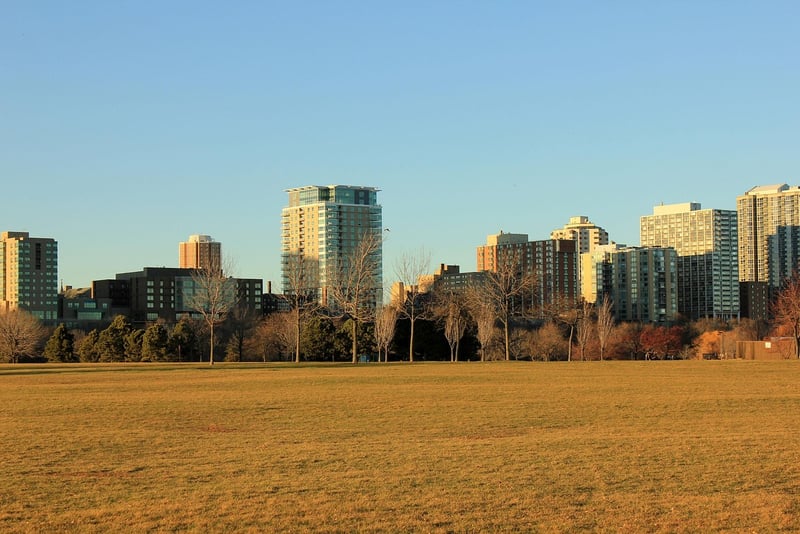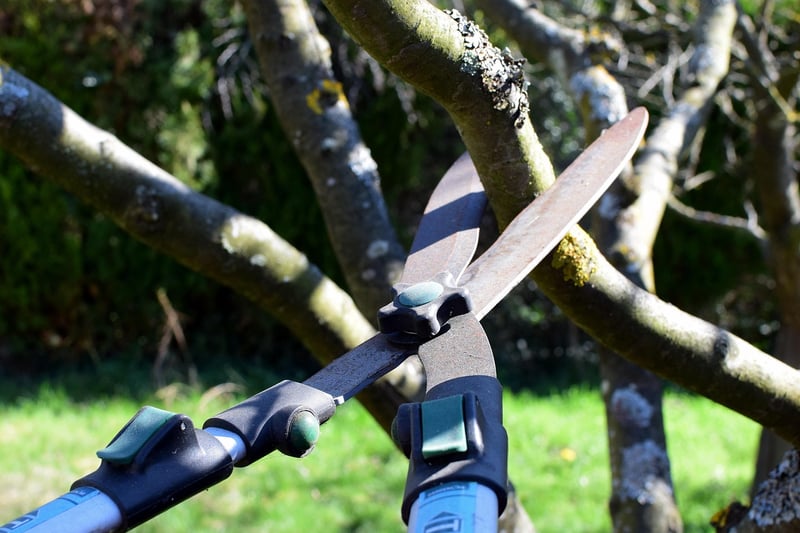Pruning Basics
Essential Care for Urban Plants + Pruning Basics
Introduction
Urban plants bring life and beauty to our cities, but they require proper care to thrive in their urban environment. Understanding the essentials of caring for urban plants, as well as mastering the basics of pruning, can help ensure that your green companions stay healthy and vibrant.
Essential Care for Urban Plants
Urban plants face unique challenges such as pollution, limited space, and harsh weather conditions. Here are some essential care tips to help your urban plants flourish:
- Choose the right plants: Select plant species that are well-suited for urban environments and can tolerate pollution and limited space.
- Provide adequate water: Urban plants may need more frequent watering due to heat and pollution. Ensure they receive enough water, especially during hot weather.
- Fertilize regularly: Urban plants can benefit from regular fertilization to compensate for nutrient deficiencies in the soil.
- Monitor for pests and diseases: Keep an eye out for pests and diseases that can affect urban plants and take prompt action to prevent infestations.
- Regularly clean leaves: Dust and pollutants can accumulate on plant leaves, hindering photosynthesis. Wipe the leaves gently with a damp cloth to keep them clean.
Pruning Basics
Pruning is an essential practice to maintain the health and appearance of your plants. Proper pruning can promote growth, remove dead or diseased parts, and shape the plant. Here are some basics of pruning urban plants:
- Use clean, sharp tools: Always use clean and sharp pruning tools to make clean cuts and prevent the spread of diseases.
- Understand plant growth: Identify the growth pattern of the plant before pruning. Know where to make cuts to encourage healthy growth.
- Remove dead/diseased branches: Cut back any dead or diseased branches to prevent the spread of infection and promote new growth.
- Prune at the right time: Different plants require pruning at specific times of the year. Research the optimal pruning times for each plant species.
- Prune for shape: Use pruning to shape the plant and encourage a balanced growth structure. Avoid over-pruning, which can stress the plant.
Conclusion
Caring for urban plants requires attention to detail and a good understanding of their unique needs. By following essential care tips and mastering the basics of pruning, you can help your urban plants thrive and enhance the greenery of your urban environment.


